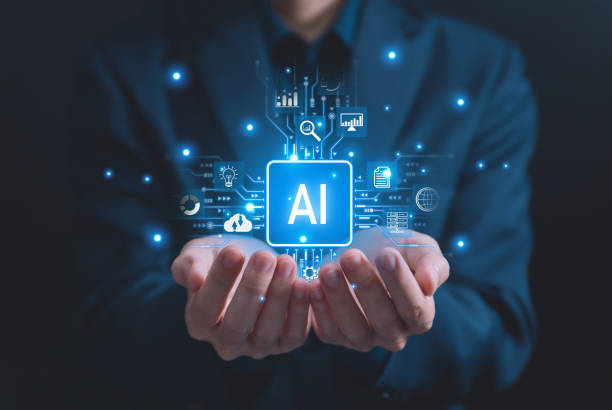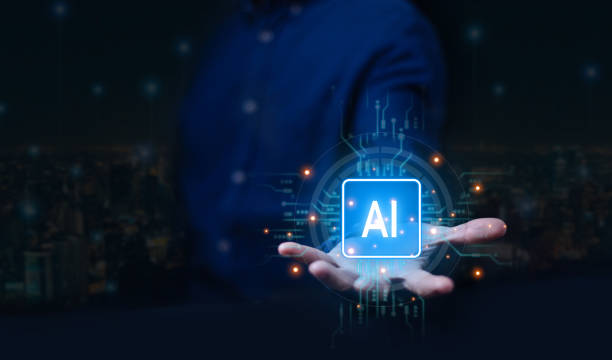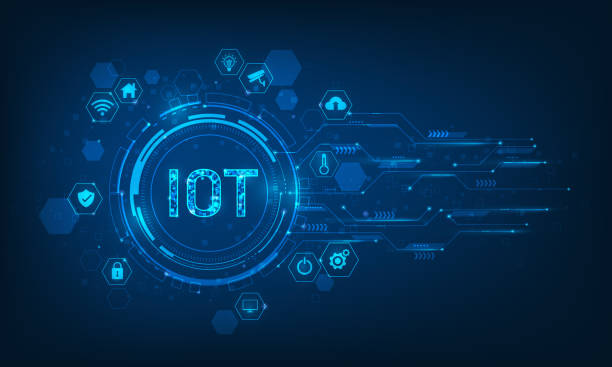What is an Artificial Intelligence Robot? Definition, History, and Applications
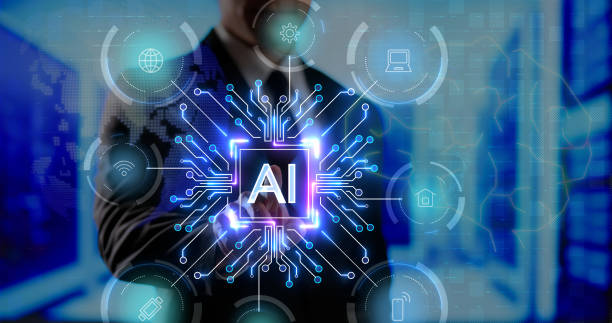
Artificial intelligence robot is a combination of two separate but related fields: robotics and artificial intelligence.
In short, an artificial intelligence robot is a machine capable of performing tasks that typically require human intelligence.
These tasks can include learning, reasoning, problem-solving, understanding natural language, and pattern recognition.
Artificial intelligence allows the robot to interact with its surroundings and make decisions that help it achieve its goals.
The history of artificial intelligence robots dates back to the mid-20th century when researchers began exploring the possibility of building machines that could think like humans.
Initially, progress was slow, but with the development of new algorithms and increased computing power, artificial intelligence robots are rapidly advancing.
Applications of artificial intelligence robots are very broad and diverse and include things like:
– Industrial automation
– Customer service
– Healthcare
– Education
– Entertainment
In industrial automation, #artificial intelligence robots can perform repetitive and dangerous tasks, increasing productivity.
In customer service, they can answer questions and provide support.
In healthcare, they can assist in surgery and help diagnose diseases.
In education, they can provide personalized learning experiences.
And in entertainment, they can create games and interactive experiences.
Are you tired of your online store having visitors but no sales? Rasaweb solves your core problem with professional online store design!
✅ Significant sales increase with targeted design
✅ Perfect user experience for your customers
⚡ Get free consultation!
Main Components of an Artificial Intelligence Robot
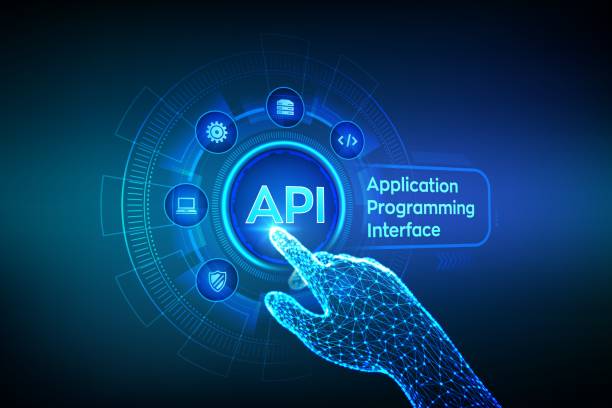
An artificial intelligence robot typically consists of several main components that work together to enable intelligent operation.
These components include:
1.
Sensors Sensors collect information from the surrounding environment.
This information can include visual data (through cameras), audio data (through microphones), tactile data (through pressure sensors), and other types of data.
2.
Processor The processor processes the data collected by the sensors and makes decisions based on it.
The processor is usually a computer programmed with artificial intelligence algorithms.
3.
Actuators Actuators allow the robot to interact with its surroundings.
These actuators can include motors, arms, wheels, and other types of devices.
4.
Artificial Intelligence Software Artificial intelligence software provides the algorithms and models that allow the robot to learn, reason, and make decisions.
This software can include machine learning algorithms, neural networks, and other artificial intelligence techniques.
Proper functioning of each of these components is essential for the correct operation of an artificial intelligence robot.
Artificial Intelligence Algorithms Used in Robots
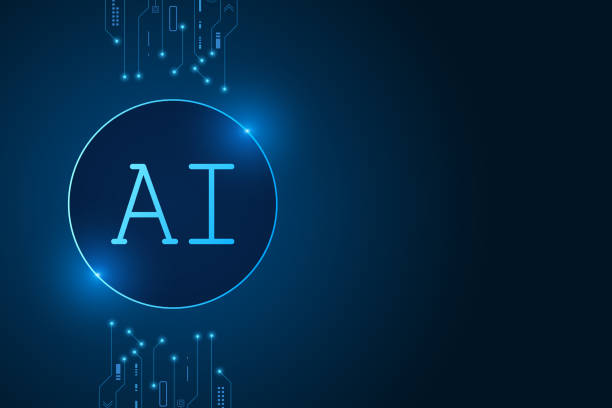
There are numerous algorithms in artificial intelligence that are used in robots to enable them to perform various tasks.
Some of the most important of these algorithms include:
Machine Learning These algorithms allow robots to learn from data without being explicitly programmed.
There are different types of machine learning, including supervised learning, unsupervised learning, and reinforcement learning.
Neural Networks Neural networks are computational models inspired by the structure of the human brain.
They are used for pattern recognition, data classification, and prediction.
Natural Language Processing These algorithms allow robots to understand and interact with human language.
This is very important for applications such as chatbots and virtual assistants.
Computer Vision These algorithms allow robots to see and interpret images.
This is very important for applications such as self-driving robots and surveillance systems.
The choice of the appropriate algorithm depends on the task that the robot must perform.
| Algorithm | Description | Applications |
|---|---|---|
| Machine Learning | Learning from Data | Pattern recognition, Prediction |
| Neural Networks | Computational Models Inspired by the Brain | Image recognition, Language processing |
| Natural Language Processing | Understanding and Interacting with Human Language | Chatbots, Virtual assistants |
Applications of Artificial Intelligence Robots in Industry
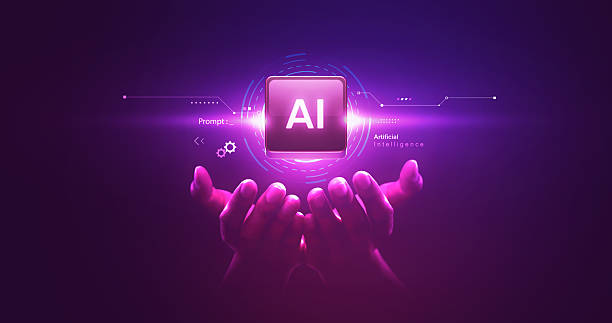
Artificial Intelligence Robots are transforming various industries.
In the manufacturing sector, artificial intelligence robots are used to automate repetitive tasks, inspect quality, and manage supply chains.
This leads to increased productivity, reduced costs, and improved product quality.
In the logistics industry, artificial intelligence robots are used to sort packages, route trucks, and manage warehouses.
This leads to faster delivery, reduced transportation costs, and improved efficiency.
In the energy sector, artificial intelligence robots are used to inspect pipelines, repair wind turbines, and manage power grids.
This leads to reduced risks, improved reliability, and increased productivity.
In short, artificial intelligence robots are creating fundamental changes in various industries and have the potential to create significant benefits.
Do you have an online store but your sales are not as expected? Rasaweb solves your problem forever with professional online store design!
✅ Significant increase in conversion rate and sales
✅ Unrivaled user experience for your customers
⚡ Click to get free consultation with Rasaweb!
The Role of Artificial Intelligence Robots in Healthcare
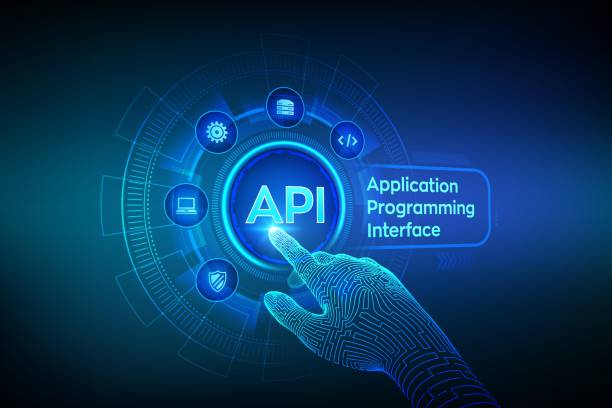
Artificial Intelligence Robots play an important role in improving healthcare.
They can help doctors diagnose diseases, perform surgeries, care for patients, and distribute medications.
For example, artificial intelligence robots can analyze medical images to detect signs of disease that may not be visible to humans.
They can also perform precise surgeries with minimal invasion, leading to faster recovery and reduced risk of complications.
In addition, artificial intelligence robots can care for patients at home and assist them in performing daily activities.
This can be especially helpful for the elderly and people with disabilities.
Finally, artificial intelligence robots can distribute medications safely and efficiently, which can help reduce errors and improve access to medication.
Challenges and Limitations of Artificial Intelligence Robots

Despite the high potential of artificial intelligence robots, there are also challenges and limitations that need to be considered.
One of the most important challenges is the high cost of developing and deploying artificial intelligence robots.
This can hinder their widespread adoption in various industries.
Another challenge is the need for large amounts of data to train artificial intelligence algorithms.
Without sufficient data, the performance of artificial intelligence robots can be limited.
In addition, there are concerns about data security and privacy, as artificial intelligence robots often collect and process sensitive information.
There are also ethical issues associated with the use of artificial intelligence robots, such as accountability for their decisions and their impact on employment.
Despite these challenges, continuous advances in artificial intelligence and robotics technology are gradually reducing these limitations.
The Future of Artificial Intelligence Robots: Prospects and Possibilities
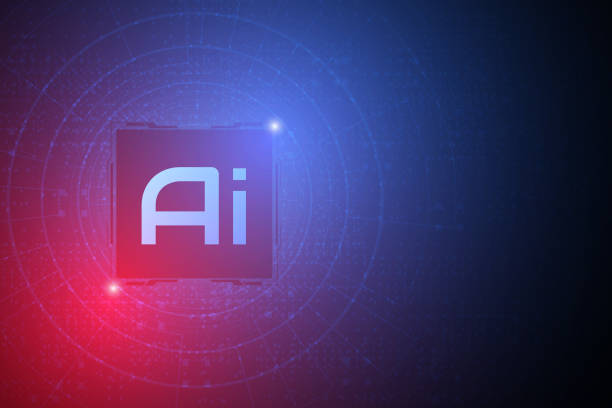
The future of artificial intelligence robots is very bright and full of potential.
It is expected that artificial intelligence robots will be used more widely in various industries in the coming years and will improve our lives in various ways.
In the future, artificial intelligence robots will likely be able to perform more complex tasks, interact with humans more naturally, and make decisions more independently.
They can also work in dangerous and inaccessible environments for humans, such as the deep sea, space, and contaminated areas.
In addition, artificial intelligence robots can help solve global problems such as climate change, hunger, and disease.
However, it is important to use artificial intelligence robots responsibly and ethically and ensure that they benefit all of humanity.
| Field | Prospects |
|---|---|
| Industry | More automation, Higher productivity |
| Healthcare | More accurate diagnosis, Better treatments |
| Services | Personalized support, Faster response |
Social and Economic Effects of Artificial Intelligence Robots
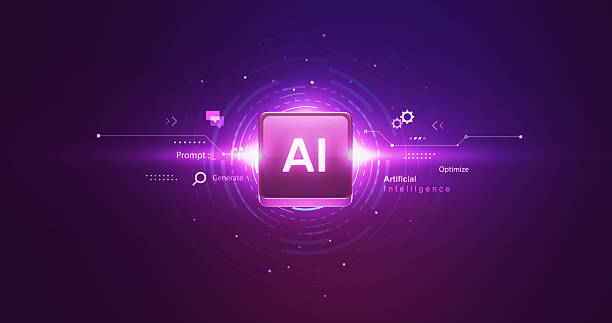
The widespread use of artificial intelligence robots will have profound impacts on society and the economy.
On the positive side, artificial intelligence robots can increase productivity, reduce costs, create new jobs, and improve the quality of life.
On the negative side, they can lead to job losses, increased inequality, and ethical concerns.
To maximize the benefits of artificial intelligence robots and minimize their risks, appropriate policies need to be adopted.
These policies should include investing in education, supporting affected workers, and creating legal and ethical frameworks for the use of artificial intelligence robots.
Are your online sales not as expected? With Rasaweb, solve the problem of low sales and poor user experience forever!
✅ Increase visitor-to-customer conversion rate
✅ Create a pleasant user experience and increase customer trust
⚡ Act now to receive a free consultation!
How to Build an Artificial Intelligence Robot: Principles and Steps
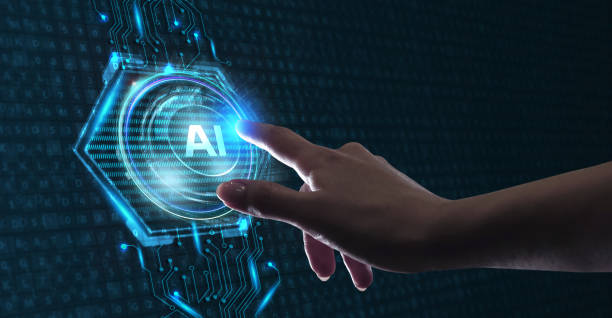
Building an artificial intelligence robot is a complex process that requires knowledge and skills in various fields.
In general, the steps to build an artificial intelligence robot include:
1.
Define the Goal First, you need to specify the purpose of building the robot.
What tasks is the robot designed to perform?
2.
Hardware Design After defining the goal, you need to design the robot’s hardware.
This includes selecting sensors, actuators, processor, and other necessary components.
3.
Software Development Then, you need to develop the robot’s software.
This includes writing code to control the hardware, process data, and run artificial intelligence algorithms.
4.
Training and Testing After developing the software, you need to train the robot and test it to ensure it is functioning correctly.
5.
Optimization Finally, you need to optimize the robot to improve its performance.
Educational Resources and Tools for Developing Artificial Intelligence Robots

There are numerous educational resources and tools available for developing artificial intelligence robots.
These resources and tools can help you learn the principles and techniques of building artificial intelligence robots.
Some of these resources and tools include:
– Online Courses There are numerous online courses on artificial intelligence and robotics that you can use to learn these fields.
– Books and Articles There are many books and articles on artificial intelligence and robotics that you can use to learn more about these fields.
– Simulation Software There are numerous simulation software programs that you can use to simulate and test your robots.
– Development Platforms There are numerous development platforms that you can use to develop and deploy your robots.
By using these resources and tools, you can acquire the skills necessary to build artificial intelligence robots and turn your ideas into reality.
Frequently Asked Questions
| Row | Question | Answer |
|---|---|---|
| 1 | What is an artificial intelligence robot? | An artificial intelligence robot is a machine capable of understanding, reasoning, learning, and problem-solving, and can perform complex tasks with relative autonomy. |
| 2 | What are the most important applications of artificial intelligence robots? | The main applications include industrial manufacturing, customer service (chatbots), medicine and surgery, self-driving transportation, space exploration, and military affairs. |
| 3 | What is the main difference between an artificial intelligence robot and a regular robot? | A regular robot only follows programmed instructions, while an artificial intelligence robot can learn from data, make decisions, and adapt to new environments. |
| 4 | How do artificial intelligence robots learn? | They learn through machine learning algorithms (such as deep learning, reinforcement learning) and processing huge amounts of data, identify patterns and improve their performance. |
| 5 | Can artificial intelligence robots have emotions? | Currently, artificial intelligence robots do not have real emotions in the human sense. They can mimic or recognize emotions, but do not understand and experience them. |
| 6 | What are the current limitations of artificial intelligence robots? | Limitations include the need for a lot of data, inability to understand abstract concepts, lack of true creativity, ethical issues, and challenges of generalization in new environments. |
| 7 | What is the role of artificial intelligence in the development of humanoid robots? | Artificial intelligence helps humanoid robots walk, maintain balance, understand the surrounding environment, interact with humans, and perform complex tasks. |
| 8 | How is the future of artificial intelligence robots predicted? | It is predicted that artificial intelligence robots will become smarter, more autonomous and capable of performing more complex tasks in daily life and industry, and their interaction with humans will increase. |
| 9 | Can artificial intelligence robots replace all human jobs? | It is unlikely that all human jobs will be replaced. Robots take on many repetitive and dangerous tasks, but jobs that require creativity, empathy, and ethical judgment will remain. |
| 10 | What ethical and social challenges are raised by the expansion of artificial intelligence robots? | Challenges include issues related to privacy, data security, ethical decision-making by robots, the impact on employment, and accountability in case of error. |
And other services of Rasa Web advertising agency in the field of advertising
Intelligent advertising campaign: A creative platform to improve customer acquisition by managing Google Ads.
Intelligent advertising campaign: A quick and efficient solution for user interaction with a focus on intelligent data analysis.
Intelligent marketing automation: A combination of creativity and technology to attract customers by optimizing key pages.
Intelligent brand identity: A professional solution for digital branding with a focus on attractive user interface design.
Intelligent direct marketing: Transform digital branding with the help of SEO-driven content strategy.
And more than a hundred other services in the field of internet advertising, advertising consulting and organizational solutions
Internet Advertising | Advertising Strategy | Advertorial
Resources
Applications of artificial intelligence in various industries
,What is an intelligent robot?
,Introduction to Artificial Intelligence; From concept to applications
,What is artificial intelligence? Everything about artificial intelligence!
? Rasaweb Afrin is your strategic partner in the fast-paced digital world. With a targeted and professional approach, we help businesses have a powerful and impactful presence online and achieve their marketing goals.
If you are looking to grow your business and create a lasting digital identity, the Rasaweb Afrin expert team will pave the way for your success by providing modern and optimized corporate website design services. Contact us for consultation and more information.
📍 Tehran, Mirdamad Street, next to the Central Bank, South Kazerun Alley, Ramin Alley No. 6

